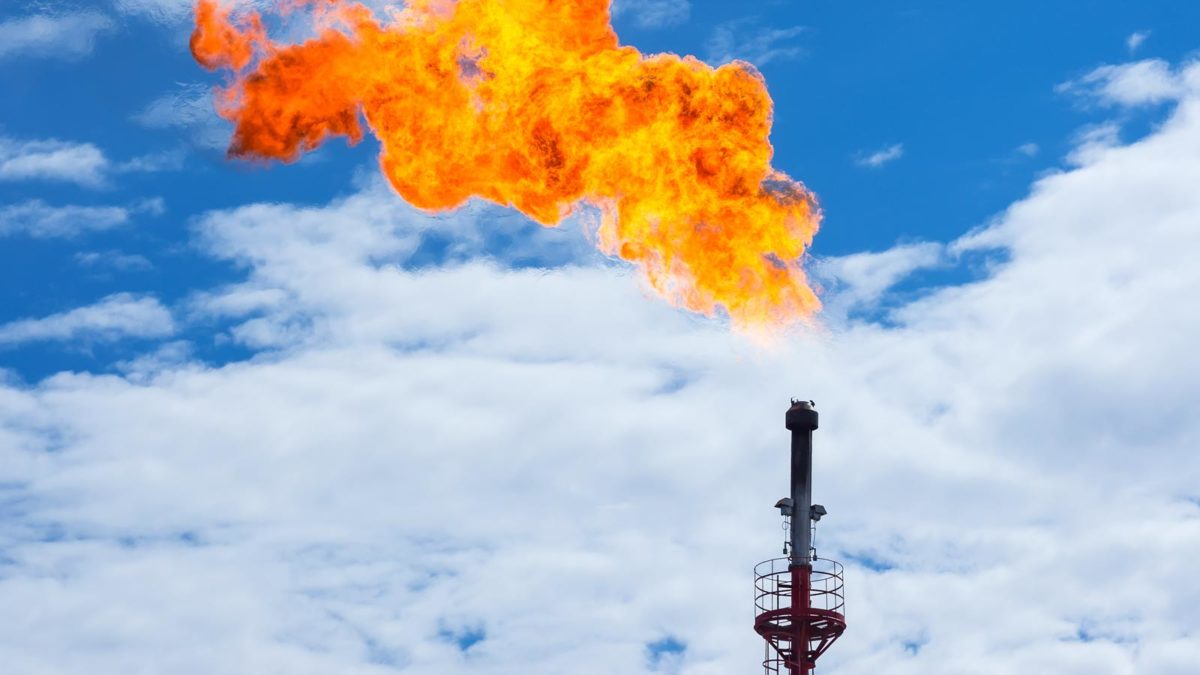Australia is not on track to meet its weak Paris Agreement commitments, with a lack of meaningful national climate policies resulting in emissions cuts that are too slow to achieve the Morrison government’s 2030 target, new analysis shows.
New analysis from consultancy Ndevr Environmental says that if Australia’s emissions trajectory remains on current trends, Australia will fall short of achieving the already meagre emissions reduction target set by the Morrison government.
“If Australia continues its current emissions trajectory, then by 2030, Australia would have cumulatively emitted over 125.4 MT CO2-e more than the Paris [Emissions Reduction Target] trajectory,” the Ndevr analysis says.
“This is equal to 25 per cent of Australia’s annual entire national emissions.”
The Morrison government has resisted calls to strengthen Australia’s official 2030 emissions reduction target, sticking with a goal to reduce emissions by between 26 to 28 per cent from 2005 levels – the same target that was set by the former Abbott government.
The Morrison government has made repeated claims that Australia would achieve ‘projected’ cuts to greenhouse gas emissions of as much as 35 per cent by 2030, but this ‘projection’ is based on a largely hypothetical scenario where unknown technologies achieve additional cuts.
Morrison took these ‘protections’ to the COP26 climate talks in Glasgow last year but has since faced stiff criticism, including from United Nations secretary-general António Guterres, who named Australia as a ‘hold-out’ on climate action.
In the latest edition of its “Tracking 2 degrees” analysis, which assesses Australia’s progress towards meeting its official Paris Agreement target, Ndevr finds that Australia’s emissions fell by 1.1 per cent in the 2021 year.
But the analysis shows that the pace of Australia’s reductions is too slow to meet the government’s weak targets and falls well short of the pace of cuts needed for Australia to achieve cuts consistent with keeping global warming to within safer levels.

According to Ndevr, the growth in renewable electricity generation continues to do the heavy lifting in driving Australia’s greenhouse gas emissions lower, with renewables now supplying more than one-third of Australia’s electricity generation.
“The sector keeps breaking records with more than a third of the electricity generation during Q2/FY2022 coming from renewable sources in both the NEM and SWIS,” the report says.
“Quarterly results for the NEM showed a renewable energy market share of 35.7 per cent for Q2/FY2022 (including pump-hydro and rooftop solar), this is an increase of 4.0 per cent on Q1/FY2022, exceeding the quarter the year prior (Q2/FY2021) by 5.4 per cent.”
Ndevr attributed the strong growth in renewable electricity generation to the support being directed to the sector by state and territory governments.
“The rapid transition in the electricity sector and therefore, the decline in scope 2 emissions has been strongly supported by States and Territories,” the report says.
“Tasmania became the first state to generate 100 per cent of its electricity from renewable sources.
“SA is rapidly trending towards the same goal with a sharp upwards trend in the renewable energy share, while NSW and Victoria are on an upward trajectory surpassing the 30 per cent mark for Q2/FY2022.”
Emissions from gas generation dropped dramatically in the last three months of 2021, falling 28 per cent compared to the same period a year prior.
The market share of gas generation has been in steady decline as the growth of lower cost sources of wind and solar energy pushes gas out of the market.
A milder summer has also reduced the need for peaking generation, further diminishing the need for gas-fired power.
While the period was impacted by some Covid-19 lockdowns, the temporary relaxation of some restrictions in the last three months of 2021 contributed to a jump in transport emissions, with a resurgence in the number of Australians taking more trips leading to a 12 per cent increase, compared to the previous quarter.
Emissions from stationary use were also higher – representing emissions produced in the consumption of coal and gas in industrial operations like steelmaking – as activity returned to normal pre-Covid patterns, growing 2 per cent on the same quarter a year prior.
Emissions in the agricultural sector are also on the rise as drought conditions across Australia ease and farmers are able to grow herd numbers. Nvedr estimates that agricultural emissions were 5.2 per cent higher in the last three months of 2021 compared to a year prior.
Agricultural emissions in the 2021 year were a massive 15 per cent higher than in 2019 when drought devastated cattle numbers across large parts of Australia.
Australia has no economy-wide emissions reduction policy that would help drive cuts in sectors beyond the electricity sector.










